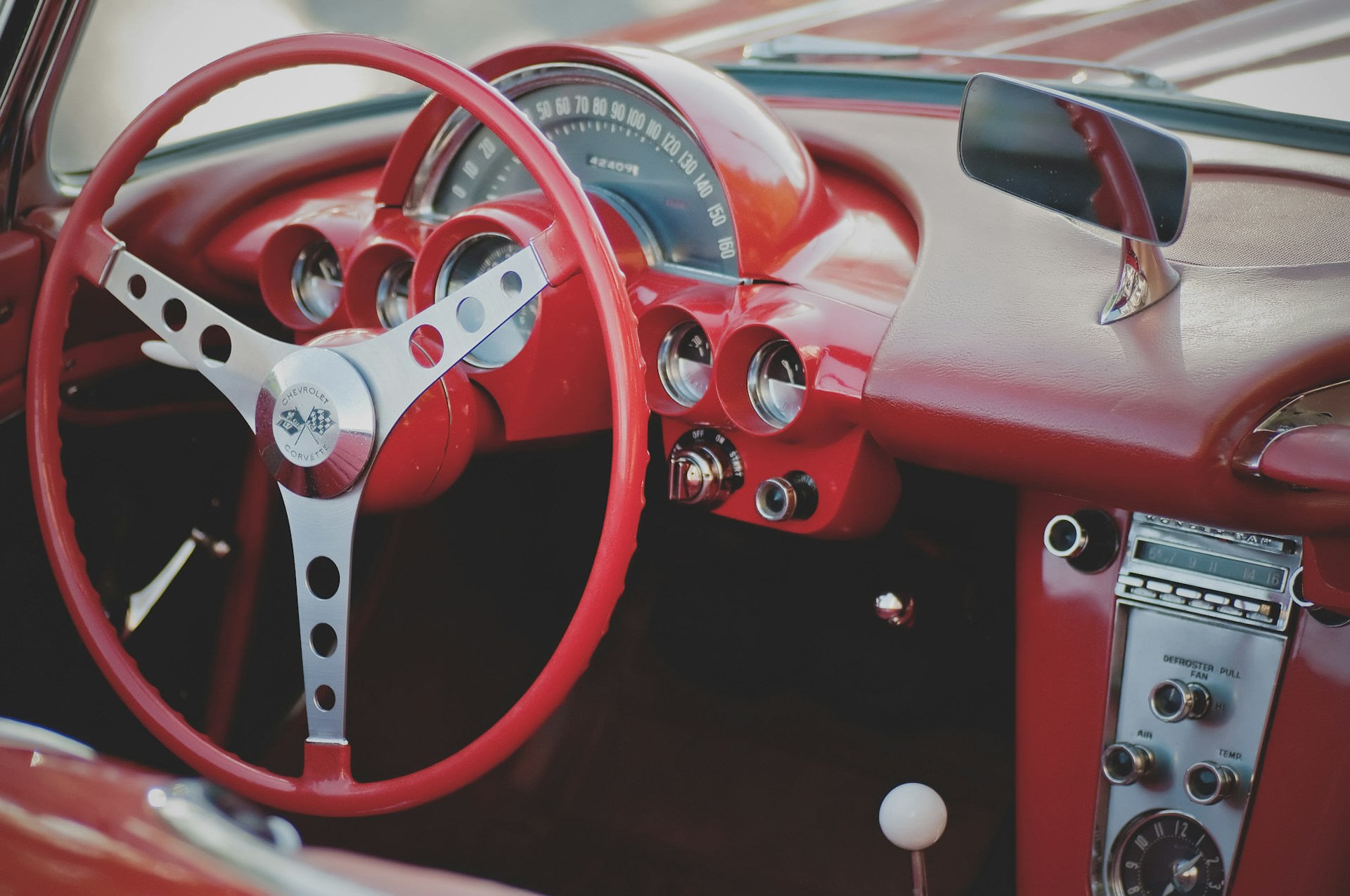Oil vacuum valve in engine,Vacuum pumps and vacuum systems are some of the most commonly used equipment in process plants. It is very important to correctly size the vacuum pump and establish the correct specifications. By understanding the basics of vacuum, the system and its integration, operators will deal with the inevitable everyday problems. This article covers various troubleshooting guidelines for the most commonly used vacuum machines such as water ring vacuum pumps, rotary piston vacuum pumps, dry vacuum pumps, rotary vane vacuum pumps and vacuum blowers.
Liquid ring vacuum pump,Oil vacuum valve in engine
High power
There are many different causes for high power. It is best to compare the yield curve with actual data
Starting point. Possible causes are:
Misaligned V-belt and insufficient belt tension.
Too much water in the pump.
Restrictions at the pump inlet or outlet
Engine problems
Pump running faster than necessary.
Oil vacuum valve in engine
Leaks
If the pump is leaking seal water, carefully observe the exact location of the leak and
the amount of leakage. The most likely areas for leakage are:
Stuffing box packing area: This can be solved by tightening the packing. If the leak continues,
replace the gasket.Oil vacuum valve in engine
Body gasket leak: Tighten the body bolts evenly. Replace the body gasket if the leak does not stop. Leaking from the body plug: Tighten the plug. If the leak continues, check the plug threads and body threads for corrosion. Replace the plug if the corrosion is severe.Oil vacuum valve in engine
Leaking from castings: The cause may be erosion, corrosion or the insertion of a hard object.
Inside the pump.Oil vacuum valve in engine
Noisy pump operation
Noisy pump operation can be caused by:
Foreign object trapped in the pump: This is a very serious case and is usually accompanied by abnormal noise and vibration.Oil vacuum valve in engine
Squeaking and hydraulic noises occur when the pump is overloaded with a large amount of water.
Cavitation: It is a sound that sounds like marbles in the pump.
Bearing noise: Possible bearing failure.Oil vacuum valve in engine
Large amounts of water are transferred to the pump. This is accompanied by high power output.
Vacuum problem
The causes can be:
Vacuum surge: The surge is usually caused by the movement of water from the separator or an internal low point.
A line that accumulates water that periodically spills into the pump. Look for problems in the inlet pipe.
Restriction in the pump inlet pipe: This can be caused by a closed or partially closed valve.Oil vacuum valve in engine
Object in the line, clogged intake grille, etc. This restriction creates a pressure drop, resulting in a lower vacuum in the system and a higher vacuum in the pump.
Ensure that the seal water flow is correct. Excessive or insufficient seal water flow will have an impact.
Variations in seal water temperature: If the seal water temperature is too high, the pump may operate at a reduced capacity. The higher the vacuum level, the more important
Ensure that there is sufficient cold water available.Oil vacuum valve in engine
Variations in pump RPM: At lower RPM, the pump will operate at a lower capacity. Check the motor and V-belt.
System leaks: Causes of leaks can include open drain valves, blown gaskets, loose flanges, poorly filled valves, improper air pressure drop legs on separators, broken pipes, etc. Larger leaks will result in lower vacuum.
Pump warning: This will appear if the loss of vacuum has been gradual over a period of time. Check
to see if there was anything prior to the vacuum issue.
Overheating
Overheating of the pump can be caused by:
Excessive lubricant on the front cover: check the oil level.
High temperature at the vacuum pump inlet: reduce the inlet temperature.
High compression ratio: check the suction and discharge pressures.
Interference between the screw and the housing: identify the cause of the interference.
Coolant flow problem: clean the coolant lines
Ports or discharge lines are clogged, causing increased back pressure. Ports and discharge lines are empty and clean.
Pounding
Possible causes:
Incorrect position between the timing gears and the screw: replace the system.
Incorrect assembly: reassemble
Gear damage due to overload or improper lubrication: replace the timing gears.
Conclusion
The step-by-step procedure employed in troubleshooting pumps and vacuum systems can help you easily identify the problem and find the appropriate solution. Generally, the first step is to compare the original design conditions with the existing conditions. Changes in the design conditions, including utilities, can directly affect the performance of the unit. Once it has been determined that external factors are not the cause of the vacuum system failure, troubleshooting of the equipment should be performed.











